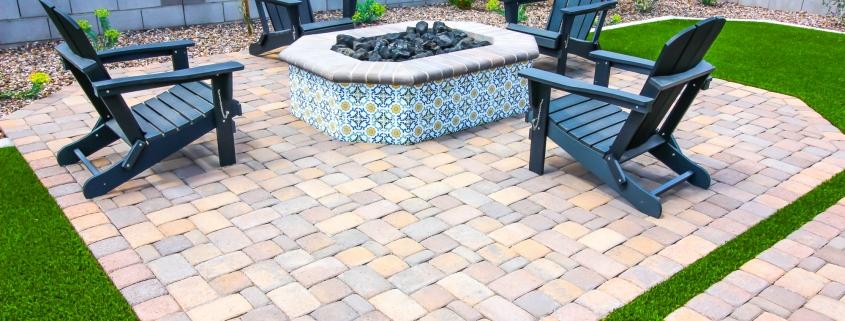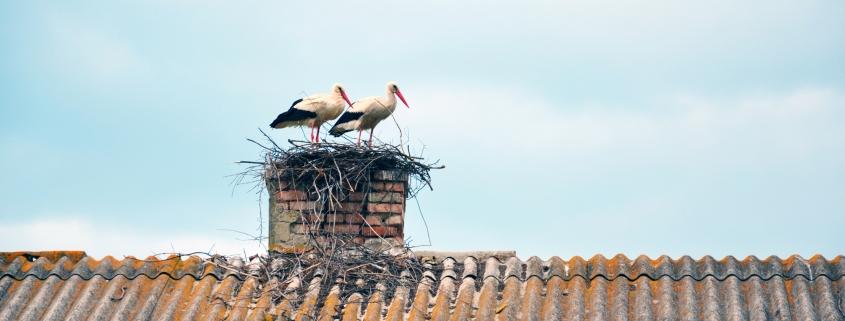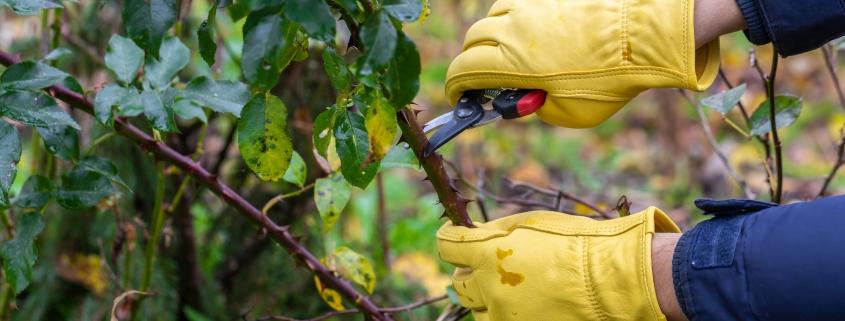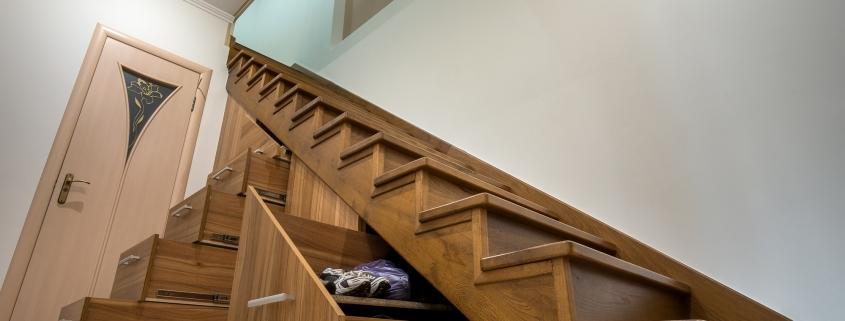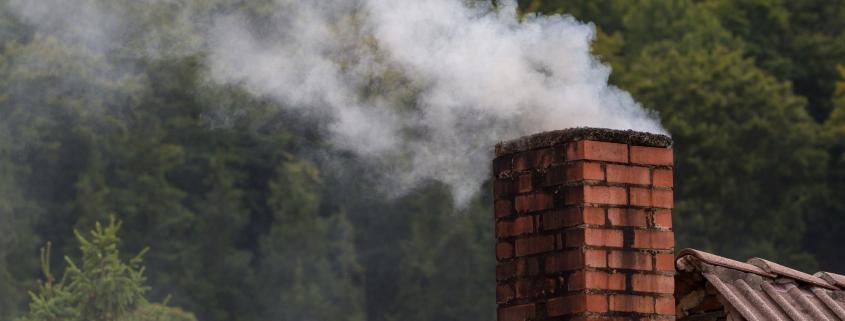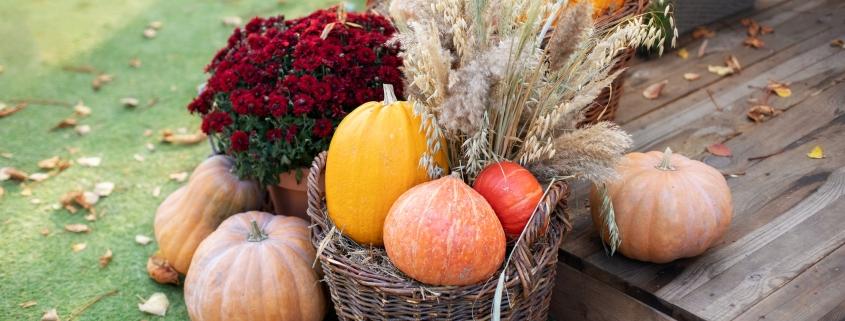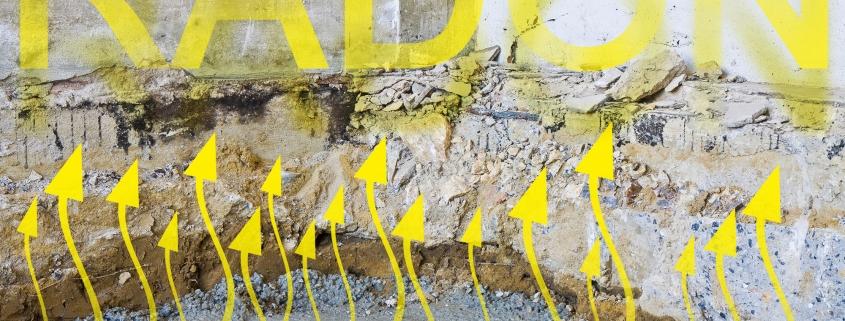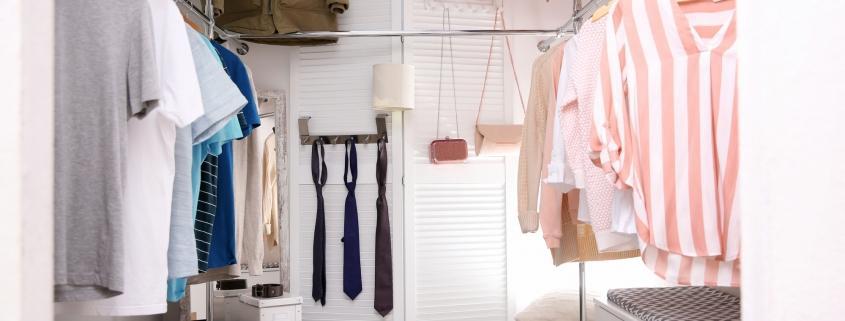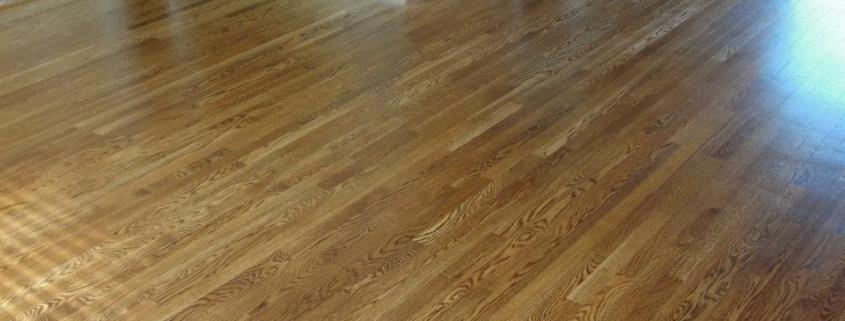Using Your Backsplash to Add Accent to Your Kitchen
Backsplashes protect kitchen walls from splashes and spills, but that doesn’t mean they have to be bland or boring. Rather than being a functional part of your kitchen, backsplashes can be an eye-catching accent that showcases your personal style.
If you’re looking to upgrade your kitchen backsplash, consider these innovative ideas that add a creative touch.
Add a Built-In Shelf
A backsplash that doubles as shelving is a great way to add style and storage to your kitchen. Adding a herringbone or elongated hexagon tile backsplash with open shelving allows you to showcase your decorative items (like jars, glassware, and Grandma’s plates) in a way that doesn’t hide them behind cabinets.
You can choose to paint your shelves a color that matches or contrasts with your backsplash. If you decide to go with a color that isn’t painted, use a stud finder to determine where your studs are before you cut a hole in the wall for the shelf supports. This will help you avoid the possibility of ragged edges on your newly installed shelving.
If you want to make your built-in shelves even more unique, consider using a staggered tile transition on the backsplash and shelving. This is a popular design element in bathrooms, but can also be used creatively to add accent in the kitchen or laundry room. If you’re building the shelves yourself, it may help to lay out a tape measure on your wall before cutting into the drywall to make sure your dimensions are accurate.
Go Mosaic
A modern mosaic backsplash can add a beautiful and creative touch to any kitchen. Mosaic tiles are available in a wide range of colors and styles, so you can find the perfect fit for your kitchen design. Mosaic tile patterns can also fill up space that may be too empty or uninteresting, creating a focal point that can draw attention to your kitchen.
For example, a classic Mediterranean mosaic featuring cascading grapes can bring peace and tranquility to your kitchen while adding color and interest. Mosaic backsplashes can also showcase cooking utensils, herbs, and spices, highlighting the culinary artistry of your kitchen.
If you want to install a mosaic backsplash, remember that it’s important to apply tile spacers between each tile. This will ensure that all tiles have equal spacing between them, which will make the finished backsplash look neat and professional. Then, use caulk to seal around the edges of the backsplash. This will protect the tile from moisture and make it easy to clean.
Highlight an Accent Color
Choosing the perfect color for an accent wall can instantly catch the eye and strengthen your kitchen’s style. Sleek, bold colors can accentuate modern designs while soft pastel hues complement farmhouse and shabby chic styles. For a fun twist on the classic backsplash, opt for patterned tiles that incorporate various geometric or organic shapes into their design.
Alternatively, if you have a solid-colored backsplash, choose a paint color that matches one of your cabinet or countertop colors. This allows you to introduce a splash of color without having to commit to a major redesign project.
Stone walls offer a sense of luxury, while their natural color variations and textures create a one-of-a-kind touch to any kitchen. Stone is also a durable material that holds up to spills and other everyday kitchen activities.
A backsplash can also be an excellent way to add a pop of color in a rec room or basement bar. Match your favorite team’s colors to a patterned backsplash or opt for a retro theme with bottle caps mounted as accents.
Add Texture
Most kitchen backsplashes are flat and sleek, but they don’t have to be. You can have a little fun with the design of your tile by playing with color and texture. A popular look is a herringbone or stacked style that brings more dimension to the wall. If those are a bit too classic for your tastes, consider tiles with a unique pattern like a hat print, mid-century starburst, or monochrome Talavera.
Texture can also be introduced through the material used for your backsplash. A reclaimed wood wall creates a warm, cozy vibe that’s perfect for an urban kitchen, while shiplap can add a nautical touch. Brick walls have a historic, lived-in feel that can work in many kitchens.
If you’re looking for something that’s a bit more subtle, try using a color-blocking technique on your accent wall. Using different shades of one color—like light sky blue, deep navy, or classic blue—creates a clean and cohesive effect that looks polished without being too flashy.
Go Dark Grey
The color grey creates a sense of balance and harmony, making it ideal for any kitchen design. Its neutral and balanced appeal also makes it a great background shade that allows other elements to shine, including your backsplash.
A dark grey kitchen backsplash can be an eye-catching way to accentuate your cabinets and draw the attention of guests. There are many different shades of grey to choose from, so you’re sure to find one that complements your kitchen’s overall style.
For a modern and luxurious look, try a marble backsplash that incorporates natural veining and patterns for a unique touch. If you prefer a more industrial aesthetic, consider a concrete backsplash that has a raw and edgy look.



